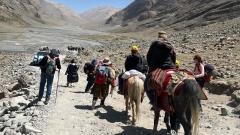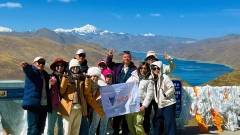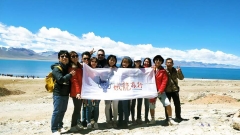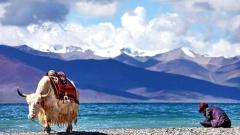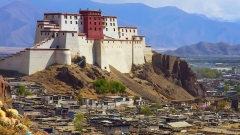Traveling to Tibet is a once-in-a-lifetime adventure — a journey of high mountains, ancient monasteries, and spiritual discovery. But before you set off, it’s essential to prepare for some practical matters: how to handle money and stay connected on the plateau. This guide covers everything you need to know about using cash, cards, and SIM cards in Tibet to make your trip smooth and worry-free.
1. Currency and Cash in Tibet
Currency Used
The only currency accepted in Tibet is the Chinese Yuan (CNY or RMB). Foreign currencies such as USD or EUR are not accepted in daily transactions.
Exchanging Money
It’s best to exchange money before arriving in Tibet, either in your home country or in major Chinese cities such as Beijing, Chengdu, or Xi’an, where banks and exchange counters are easy to find. In Lhasa, currency exchange is possible at major banks, but the process can be slower.
Tip: Bring smaller denominations (¥1, ¥5, ¥10, ¥20) — many small vendors and drivers may not have change for large bills.
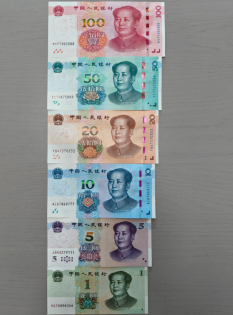
How Much Cash to Carry
-
For city-based tours (Lhasa, Shigatse, Nyingchi), around 2,000–4,000 RMB per person is enough for meals, shopping, and small expenses.
-
For remote trips (Mount Everest, Ngari, Namtso, etc.), it’s safer to carry more cash, since ATMs and card payments are not always available.
-
Divide your cash between your wallet, luggage, and a secure pouch to avoid loss.
2. Using Bank Cards and ATMs
Which Cards Work Best
-
UnionPay (银联) is China’s main payment network and works in most ATMs and POS terminals.
-
Visa, Mastercard, and Amex are accepted only in select international hotels and upscale shops in Lhasa — they are not reliable for everyday use.
Withdrawing Money
You can withdraw cash from ATMs at major banks such as Bank of China, ICBC, and China Construction Bank in Lhasa or Shigatse.
Most machines have an English-language option, but some accept only UnionPay cards.
Always withdraw during the day and in secure areas.
Important Tips
-
Inform your bank about your travel to China to prevent your card from being blocked.
-
Keep your ATM receipts.
-
Some machines may limit daily withdrawals or charge a small fee.
3. Digital and Mobile Payments
Mobile payments like WeChat Pay and Alipay are widely used across China, including Tibet’s cities.
However, foreign visitors face limitations because these apps require a Chinese bank account or Chinese mobile number.
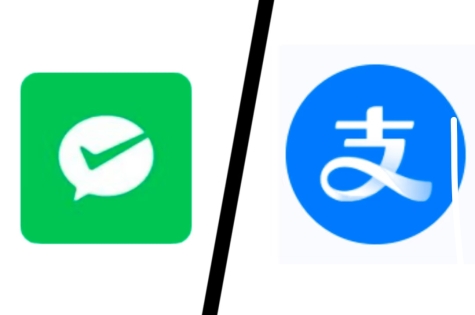
Recently, both platforms began allowing foreign cards (Visa, Mastercard) to link accounts, but setup can still be complicated. If you can’t use mobile payments, cash remains the best option.
Tipping Culture
Tipping is not a common practice in Tibet. It’s optional and usually small — a gesture of appreciation for guides or drivers rather than a requirement.
4. SIM Cards and Internet Access in Tibet
Main Network Providers
The three main carriers are:
-
China Mobile – widest coverage in cities and highways.
-
China Telecom – reliable 4G and data services in many areas.
-
China Unicom – good for international roaming and data speed.
Coverage:
-
Excellent in Lhasa, Shigatse, and Nyingchi.
-
Limited or no signal in Everest Base Camp, Kailash, and remote mountain routes.
It’s common for service to drop in valleys or at high altitude.
Where and How to Buy a SIM Card
China requires real-name registration for all SIM cards. You must present your passport at an official store to purchase one.
You can buy a SIM card at:
-
Major airports (like Chengdu or Lhasa Gonggar Airport)
-
Official stores of China Mobile/Unicom/Telecom in cities
The staff will take a photo of your passport and activate your SIM immediately.
Tip: If you’re transiting through Chengdu before flying to Lhasa, it’s easier to buy and activate your SIM there.
eSIM and International Roaming
-
eSIM: Some global eSIM providers offer Chinese data plans. They’re convenient but may not support local calls or SMS verification, which are needed for apps like WeChat or Alipay.
-
International roaming: Works in big cities but is very expensive and may not cover remote areas.
For most travelers, a physical Chinese SIM card provides the best value and reliability.
Internet Speed and Data
-
4G is standard in urban areas, good enough for maps, calls, and social media.
-
In remote regions, expect 2G or no signal at all.
-
Choose a nationwide data plan valid for at least the length of your trip.
Offline backups: Always download offline maps (Maps.me, Amap, Google Maps offline) and offline translation packs before your trip.
5. Communication in Remote Areas
-
In regions like Everest Base Camp or Mount Kailash, signals are often weak or unavailable.
-
Consider bringing a satellite communicator (like Garmin InReach) if you’re trekking or driving long distances off-grid.
-
Some travel agencies, including China Dragon Travel, can help arrange local guides equipped with satellite phones for emergency use.
6. Safety and Privacy Notes
-
Real-name SIM registration is required by Chinese law. Your information is stored by the telecom provider for identity verification.
-
Avoid relying solely on mobile communication — always carry printed itineraries and emergency contacts.
-
Keep power banks charged; electricity may be unstable in rural guesthouses.
7. Quick Checklist Before Departure
✅ Exchange enough RMB cash, especially small bills.
✅ Bring a UnionPay card or one that supports UnionPay withdrawals.
✅ Inform your bank of your travel dates and destinations.
✅ Make sure your phone is unlocked and supports China’s LTE bands.
✅ Purchase or plan to buy a local SIM (with passport).
✅ Download offline maps, translation apps, and your digital documents.
✅ Keep your Tibet Travel Permit and passport copies on your phone and printed.
✅ Check with your travel agency (like China Dragon Travel) if they can assist with SIM cards or money exchange.
8. FAQ
Q: Can I buy a SIM card at the airport in Lhasa?
A: Yes, Lhasa Gonggar Airport has telecom counters, but the process may take time. It’s more convenient to buy one in Chengdu or other major cities before arrival.
Q: Can I use my foreign credit card in Tibet?
A: Only in some international hotels or upscale restaurants. For local stores and taxis, cash is necessary.
Q: Do I need a Chinese phone number to use WeChat Pay?
A: It’s recommended. Some functions require a verified Chinese number, especially for receiving codes or linking payment methods.
Conclusion
When traveling to Tibet, being prepared with cash, a working card, and a reliable SIM card can make all the difference. City areas like Lhasa are convenient and connected, but once you venture into remote valleys or high mountain passes, cash and offline tools become essential.
Plan ahead, stay flexible, and let your focus be on the incredible landscapes and peaceful temples — not on payment or signal worries.
If you’d like assistance arranging local SIM cards or handling payments during your trip, China Dragon Travel is here to make your Tibet journey smooth, safe, and stress-free.



